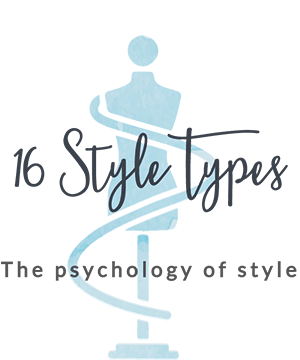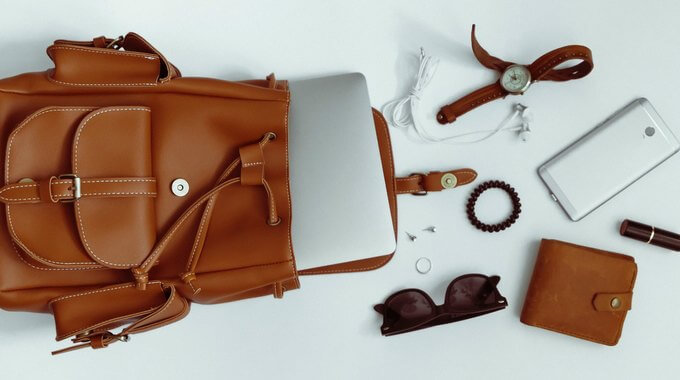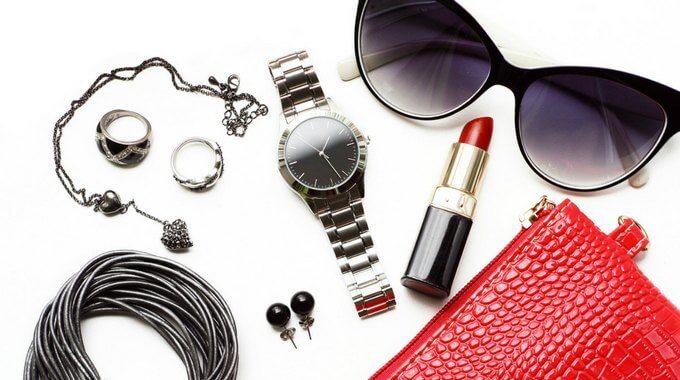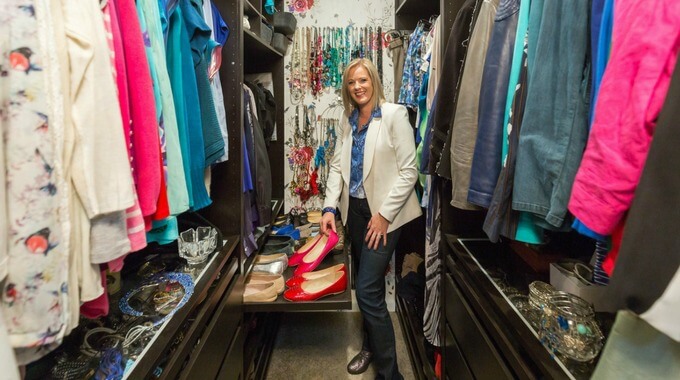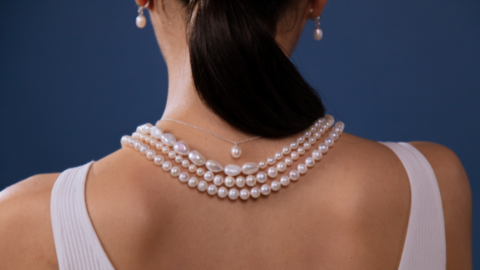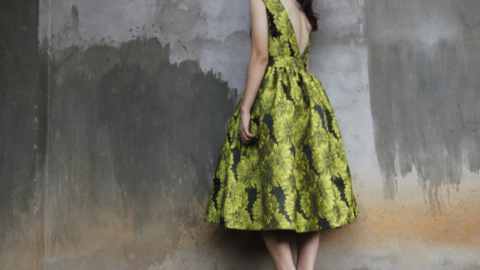This is the second in our series of video posts exploring women who have a preference for Thinking. If you’d like to catch up on the first article (including a description of what Thinking is), here’s the link.
In this video article, we’re going to explore some of the issues that Thinking women can face, whether they’re aware of it or not, who have a preference for Thinking – in a world where the gender norm appears to be for its psychological opposite, Feeling.
Watch The Video
Owning Your Thinking Preference
This can be an issue for a woman who prefers Thinking when she bumps against people who may be surprised that she has a Thinking preference, or who have expectations and needs that a Thinking preference may not appear to meet.
We all deserve to be who we are, this is one of the gifts of understanding your psychological type, and is why we chose that particular model of human dynamics and development to correlate style with to create the 16 Style Types. There is no right or wrong with any of the psychological type preferences, each is valid and recognized within the psychological type conceptual model as a legitimate way of being.
That all said, there can be additional factors which come into play. Specifically in the Western culture, there can be an expectation that women are certain things and possess certain qualities – nurturing and emotional being at the top of that list. These are characteristics not generally associated with Thinking, and can often be associated with Feeling.
And whilst the world is slowly changing to accept and accommodate legitimate differences, diversity in any form can still be considered suspect enough as to warrant confusion if not concern.
Feeling is a decision making process
Feeling is sometimes mythologized and can still be considered to be the quintessential qualities that the ideal woman should have. But it’s important to recognize what Feeling is – and is not. Feeling is a decision making function, and its psychological opposite function is Thinking.
People who prefer Feeling –
- Make decisions based on person-centred, values-based processes
- Are concerned with values such as relationships and harmony
- Spontaneously appreciates
- Emphasize harmony and diplomacy
None of these qualities is specifically about being emotional. A preference for Feeling should not be considered synonymous with being emotional.
What is often true is that people who prefer Feeling are both aware of their own feeling state and are often in tune with how others may be feeling, and may also be more comfortable with their own emotions and the emotions of others. This can translate into a general degree of familiarity with, ease in the presence of, and heightened ability to accommodate many and varied emotions (in self and others) … all of which others may translate into “being emotional”.
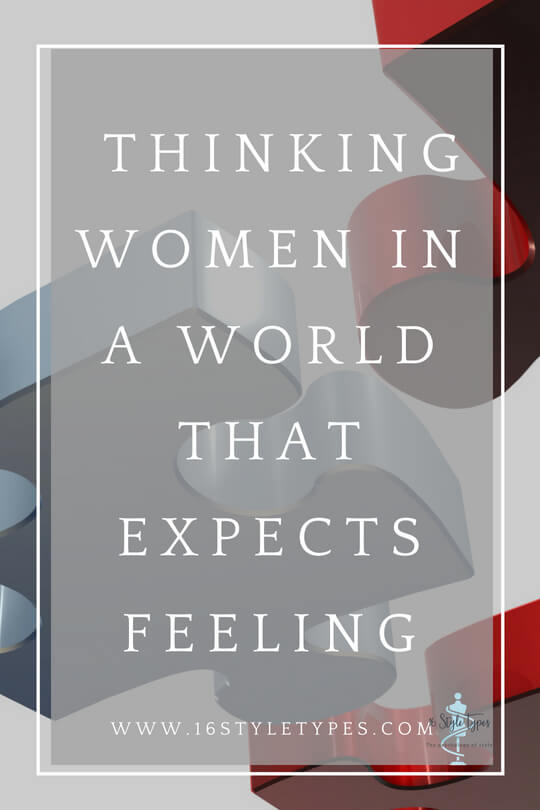
It Can Be Tough
Some women with a preference for Thinking can be considered tough. In fact, one element of Thinking (a sub-scale in the MBTI® Step II™ instrument, sometimes considered the “advanced MBTI”) is Tough (the other four sub-scales being with Logical, Reasonable, Questioning and Critical). So being tough is often a fair perception, and that particular word is used in a technical sense when linked to the Thinking preference in the psychological type world.
What others can often experience when interacting with Thinking preference women is a sense of detachment, a logical clarity in the way they approach things that has them side-stepping issues that may be a speedbump to others, such as the feelings of others and how decisions may impact those around them.
Thinking women can sometimes be considered “not like other women”. Which is a little bit strange when you consider that as many as 40% of people with a preference for Thinking are women. (note: statistics about psychological type are always a little, if not a lot, fluid – we use them for general directionality only, not as hard facts). There are more women who prefer Thinking than what you might expect!
What Do You Expect?
The expectations of others can come into play too, as other people may consider that all women must have particular needs that Thinking seems to go against the grain of. This can come into play with relationships, platonic and romantic. Women with a Thinking preference often report not needing people, but instead choosing people. “If I’ve chosen you, that’s my way of ‘needing’ you.” could be one way a Thinking woman may parlay how she approaches relationships. This can be very different to how people with a preference for Feeling approach and experience relationships.
Additionally, other people may project feeling states, such as you must be lonely if you’re not in a monogamous romantic relationship, if they don’t understand how a woman who prefers Thinking approaches her life and her relationships.
This is where the grand canyon of difference can be most obvious, and Feeling preference people may struggle to not only come to terms with how different T people are to them, but in simply believing that this is a legitimate way of being.
But what a gift that can be – to allow another to be exactly who they are. And this is the magic of understanding your type and the type of those you interact with the most: allowing others to be exactly who they are, even if it’s really different to who you are and you don’t fully understand it.
We can take a leap of faith that others’ differences are legitimate, and their way of being is as true for them as our way of being is true for us. And having a preference for Thinking is a valid preference for a woman, just as valid as a preference for Feeling is.
What’s Your Preference?
If you don’t yet know if you prefer Thinking or Feeling, now is a great time to discover your style type, and journey home to who you really are to discover and develop your authentic style DNA.

